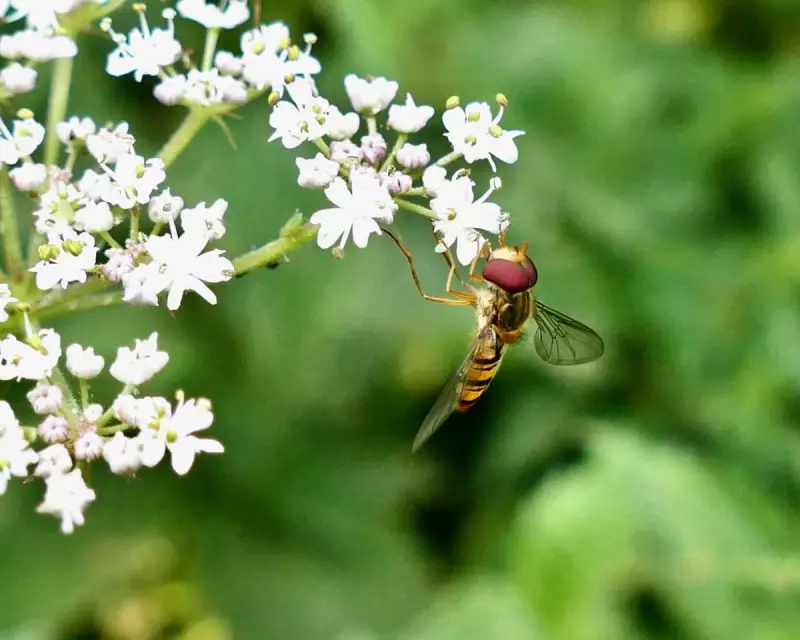
Gardeners across UK cities are being encouraged to join forces in a collective effort to protect and nurture moth and hoverfly populations, which play a crucial role in urban ecosystems. With these species facing significant declines, experts argue that small, coordinated actions in private and communal green spaces can make a big difference.
Why Moths and Hoverflies Matter
Moths and hoverflies are often overlooked, yet they are vital pollinators and a key food source for birds and bats. Their decline in urban areas threatens the delicate balance of local wildlife.
Simple Steps to Help
- Plant night-scented flowers to attract moths after dark.
- Leave some areas wild to provide shelter for larvae and adults.
- Avoid pesticides which harm beneficial insects.
- Create hoverfly lagoons with shallow water and decaying vegetation.
The Power of Community Action
By coordinating planting schemes across neighbourhoods, gardeners can create 'insect corridors' that allow species to move safely between habitats. Wildlife trusts suggest that even balcony gardens can contribute when planned strategically.
With urban areas expanding rapidly, such collaborative conservation efforts may prove essential for maintaining biodiversity in our cities for generations to come.





